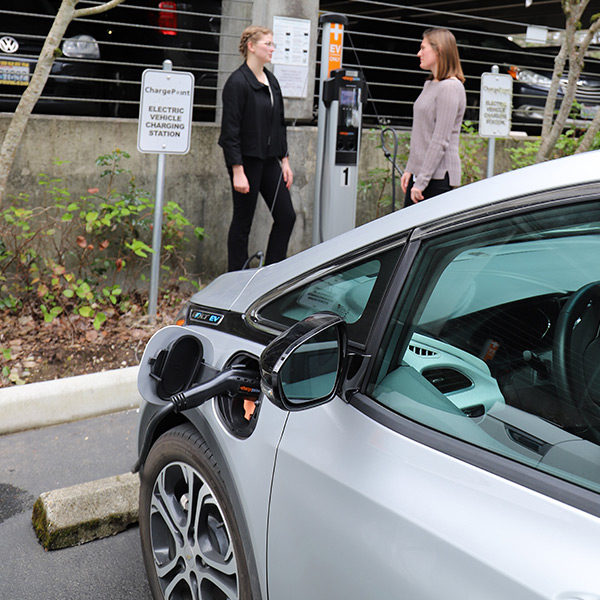ISO-NE last week summarized a hybrid model for its capacity market that it plans to study, featuring both net carbon pricing and the variant of a forward clean energy market (FCEM) or integrated clean capacity market (ICCM).
The inclusion of the hybrid pathway will require additional modeling time, pushing the deadline for a report on the “pathways” from February 2022 to April, the RTO told a NEPOOL Participants Committee working group session on “Pathways to the Future Grid.”
The New England States Committee on Electricity originally floated the idea of a hybrid model and further refined the approach and assumptions in a June 22 memo to the PC. It would be based on the FCEM/ICCM-only model and include an incremental carbon price as an input, allowing it to only solve for the clean energy certificate price.
Based on the memo and related discussions, the RTO said that a net carbon price applied to all emitting resources increases revenues. In comparison, the FCEM/ICCM pathway awards clean energy credits (CECs), and their corresponding revenues, to all resources that provide clean energy. The hybrid model awards CECs to new resources.
Market Outcomes
ISO-NE said that the model aims to achieve two market outcomes simultaneously: reduce carbon emissions in the electricity sector, and produce average energy market prices that are no less than some administratively determined value.
In the first outcome, the central case assumes the same level of decarbonization as other pathways and status quo, corresponding with an 80% carbon reduction relative to 1990 levels.
In the second, NESCOE proposes that modeling parameters be set to produce an average annual LMP of $41, which is calculated using average historic hub LMPs and a contract rate of $49.99/MWh from the Millstone nuclear plant. NESCOE contends that such energy market revenues may support Millstone’s continued operation.
The RTO and its consultant, Analysis Group, continue to evaluate how to best model the hybrid pathway, which may evolve based on stakeholder feedback and design details. ISO-NE said the hybrid approach might be more challenging and time-intensive to model than the two other pathways, which seek to satisfy a carbon emissions outcome. The hybrid approach cases must additionally meet the average LMP value.
Preliminary Policy Observations, Stakeholder Feedback
While ISO-NE has agreed to study the hybrid approach to provide information to the region, the RTO highlights two ways the hybrid pathway appears to be inconsistent with sound market design.
The hybrid approach limits CEC awards to new resources only and does not pay a uniform price for the desired clean energy attribute. It also does not let the market decide how the desired environmental attributes can be provided at the least cost. Instead, it aims to set energy prices to ensure the operation of selected resources.
ISO-NE seeks stakeholder feedback on the model’s design elements, including target LMP level and limitation of CECs to new resources. The RTO plans to present preliminary modeling results in the fourth quarter of this year.



